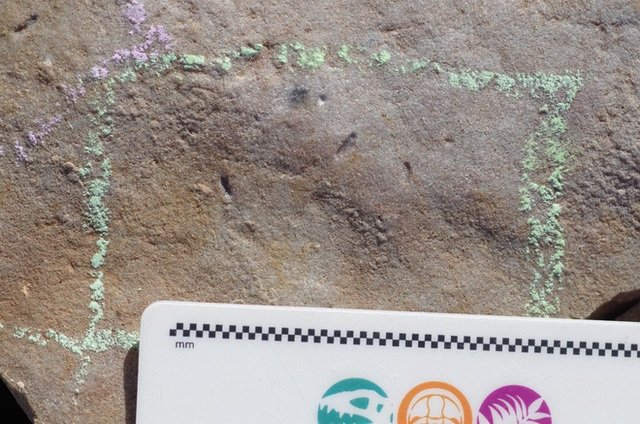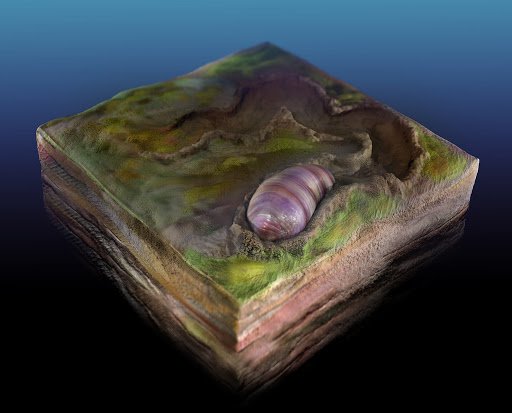555 million years ago, walking off the ground was a worm-like animal, named Ikaria wariootia by scientists.
Ikaria wariootia is believed to be the origin of most living animals, including humans.
This now-extinct creature is a bilaterally symmetrical animal – bilaterian, meaning that in addition to having a normal head and tail, its body has left and right sides with identical structures.
For more than 100 million years, evolution has diversified animals into countless species.
Remains of the first animals appear in many ancient rocks near Nilpene, southern Australia, in the form of small tunnel-like fossil tracks dug by a tiny creature, these marks on the rock.
I kept searching and couldn’t find it, but when I found it, it was like digging a gold mine.
According to research, Ikaria wariootia can be as large as a grain of rice.

These tiny worms lived during the Ediacaran Period, but they weren’t the only animals that existed during this time period.
Analyzing the slithering grooves left by Ikaria wariootia, it can be seen that they are creatures that live in sediments in shallow water, have a way of moving similar to modern earthworms, and are likely to eat dead organisms that fall to the bottom.
Efforts to learn about ancient life also help scientists in the search for alien life.
Besides, the discovery of Ikaria wariootia will be a major milestone in the process of redrawing the animal family tree, most likely this is just one of many discoveries that can be made when studying fossils from the Ediacaran Period.
